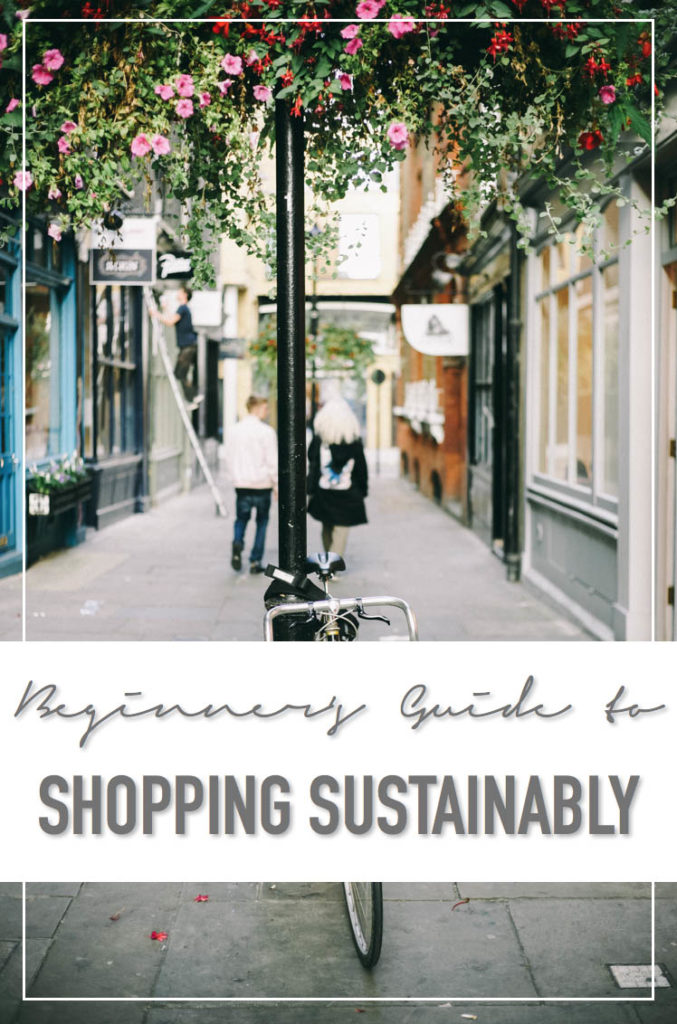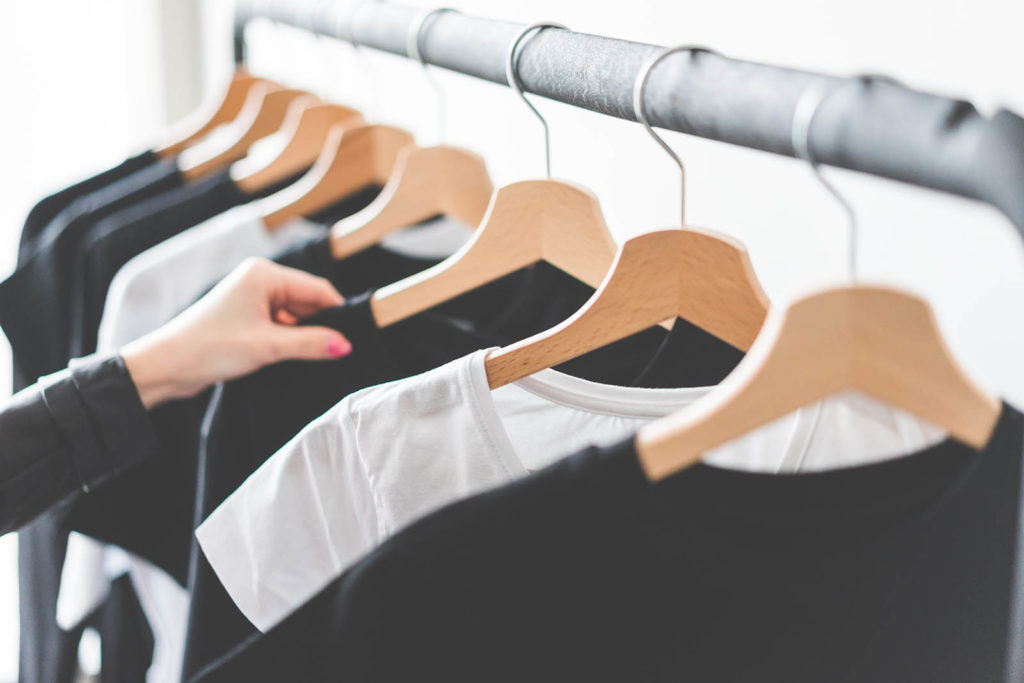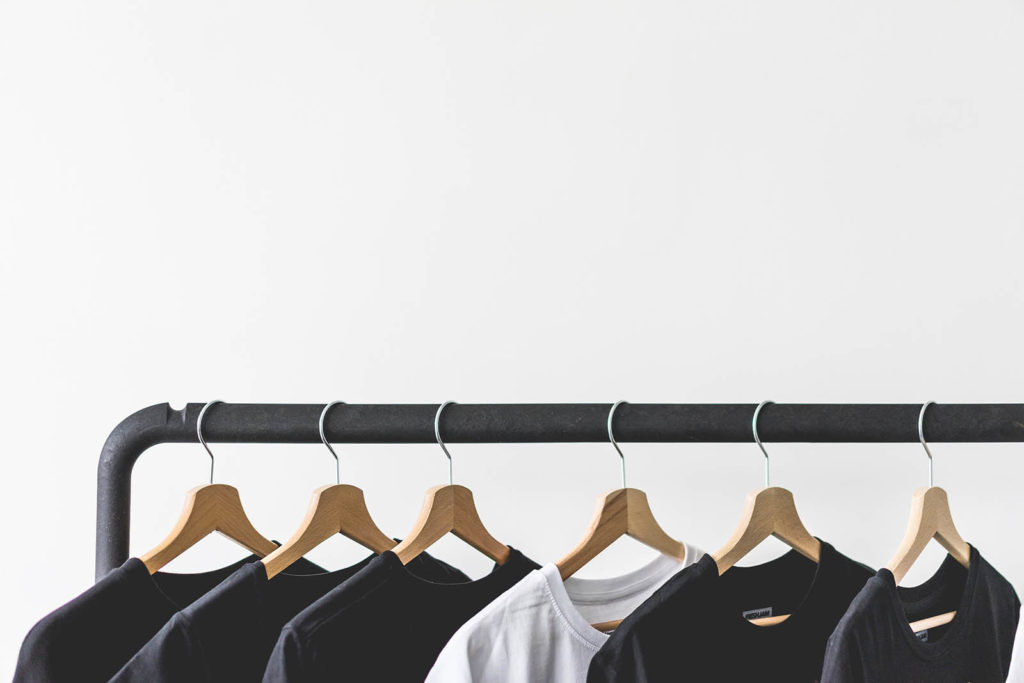The environment or political climate weighing on your mind and your heart? Wondering what you can do to make a change? Feeling overwhelmed with the choices of shopping today and ready to start making more informed fashion choices but don’t know where to start? Then this is for you.
First off, Congratulations that you are here reading this post. Being interested in sustainable living and shopping sustainably is all you need to make steps toward change, however small they may be!

The tricky part about shopping sustainably is that it is a very windy and bumpy road. There is a lot of controversy around what is best for humans and the environment, and therefore it is hard to find a one-size-fits-all approach to slow fashion. One thing is clear, buying less might be the only real and true thing that the experts can agree on to make a change.
However, if you are a beginner, going cold turkey on shopping, or anything new for that matter, is a bad idea. At best, you stick to it for a month or two. At worst, you rebound by binge shopping with friends. What you need in order to make changes, are tools to help you shop with intention and make more informed decisions.
Which is why you need the Beginner’s Guide to Shopping Sustainably
Ready to make a dent on that conscious? Here are 5 questions to ask yourself to shop more sustainably.
What am I shopping for?
Oh, this may seem like a pointless question, but of course it gets to the root of the problem right away. What is it that you want? A bathing suit? A new blazer? Sure, let’s go shopping.
But stay focused on what it is that you want. These days I walk into target to get batteries and some dish soap and walk out with $80 worth of crap I don’t need. I constantly need to remind myself, and now you, to stay focused. If that means throwing away the J.Crew catalog before you even look at the cover, then do it. If it means quitting Instagram to avoid blogger temptation or unsubscribing from daily SALE emails in your inbox, then do it!
You can and should, use social media, catalogues and magazines as inspiration of ways to re-purpose, re-style or re-member (see what I did there?) what is already in your closet. But should you realize that you really need – or want- a new summer beach dress, or jeans to replace the ones that you stained, then go for it. Just remember what it is you are looking for, and move on to question 2.

Can I find this elsewhere, at a more sustainable brand?
Often times we resort to the same mall staples that
we are used to, in order to save time. However, now that you are shopping less often (if not, back to question number 1), then you have freed up time to shop smarter. This is the essence of shopping sustainably, shopping smarter, with intention.
Once you zero in on what it is you want, your first destination should be locating it at a more sustainable brand. There are many to choose from and not all will check off every category you are shopping for. I have rounded up a list of 11 of my favorite sustainable brands for you to look through, but there are many more categories that my list doesn’t cover. A brief list (will create another post on a full list soon!):
Lingerie: Base Range and Naja
Athletic Wear: PrAna, Outdoor Voices, Patagonia
Maternity: Hatch
Men’s: Taylor Stitch, Huckberry, Grove & Bay, Homegrown Cotton
If you can’t find what you are looking for at the price that you are willing to pay, it’s on to question 3.
Where is it Made?
When sustainably shopping at a non ‘sustainable’ store, the first thing to look for is where the item is made. Brands such as Free People, Anna Sui, Mara Hoffman, Stateside Clothing, Planet Blue and Athleta make some, if not all of their clothing in the USA. Due to labor laws and minimum wage restrictions, you can guarantee that the clothing made in the US is Fair Trade. This means free of workforce hardships, child labor and poor conditions. This is true for product made in most first world countries, such as the UK, France, Italy, Australia, Germany and Japan.
Yes, this does mean that you might be paying a bit of a premium for the labor. However, often you are saving on shipping of goods, so sometimes it can work in your favor. If you are still not finding what suits your needs at the price point you want, we can move on to question 4
What is it Made of?
If you have the choice, stay away from blended fibers. That means, a mix of natural and synthetics. What’s the difference?
Natural Fibers naturally occur on this Earth, and therefore quite often are bio-degradable when they inevitably return to the earth (i.e. sit in landfills). Examples of natural fibers include cotton, linen, bamboo, wool, cashmere, angora, silk, mohair and yes, leather. Although there is plenty of controversy regarding animal rights and how some of the materials are attained, the fibers will eventually bio-degrade over time, and can be recycled.
Synthetic Fibers are exactly as they sound. Polyester, acetate, spandex, rayon, and elastane are all examples of synthetic materials that have been concocted by humans in labs. These products were all invented for legitimate reasons: longevity, stretch, flexibility, and affordability. While they do not decompose, they can be recycled for another life of pillow stuffing, carpets, and more industrial uses.
Blended fibers are made from spinning two or more different materials together, especially a natural and a synthetic fiber. For example, jeans are very often comprised of a blend of cotton and elastane, which gives denim stretch capabilities. However, because the technology doesn’t yet exist to separate the fibers, clothing made of blended fibers cannot be recycled or repurposed. So look at your clothing’s fiber content (always on the inside left seam) to help make your decision!
How Can I better Care for my Clothing?
The last question to ask yourself while shopping sustainably is one to ask after purchasing. In the end, the only ‘right’ choice is to consume less and protect our purchases. One way to consume less is to ensure that we are taking the proper care of our pieces to ensure longevity. A few tips:
Wash your clothing less often. 60% of the carbon dioxide emissions of a pair of jeans happen when they are being used. Try to wash cold, line dry and only wash when it’s actually dirty. Washing your clothes less frequently also protects the clothing, because each laundry cycle puts stress on the fibers. Try to avoid dry cleaning as the emissions are also rough on the environment. The Laundress makes a great Wool and Cashmere Shampoo and Spray that you can use at home as an alternative!
Maintain what you own. Mending clothes can seem like a waste of time to the buy-new-throw-away generation. But if you are aiming to build an ethical wardrobe that will last, it is definitely worth getting those shoes repaired or learning to sew a button on. Of course the clothing needs to have a certain level of quality in the first place. It’s not worth fixing a seam if the fabric is wearing away right before your eyes! But once you’ve invested in quality, mending let’s you love your clothes for longer and ultimately also reduces the cost-per-wear of your items
Store your clothing properly. Stay away from wire hangers where possible as they can stretch out and puncture your clothing. Wooden hangers are the most preferably, or the fuzzy slimline ones if necessary. Lastly, fold sweaters into drawers instead of hanging so they don’t ‘grow’ and stretch out.
That’s a Wrap!
That’s a wrap for my Beginner’s Guide to Shopping Sustainably! What did you think?
Need more slow fashion inspiration? Read the post that started it all here.




